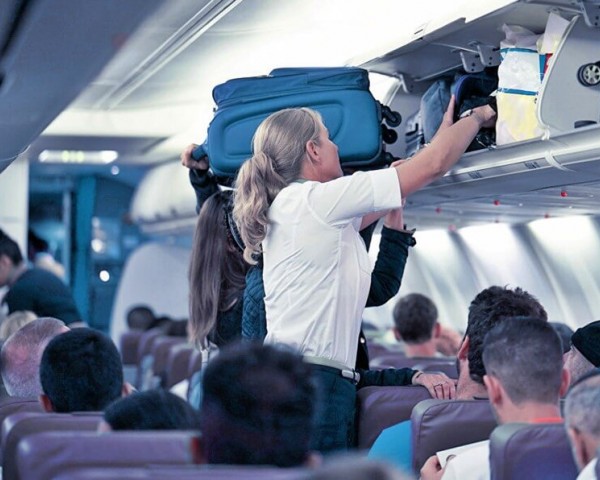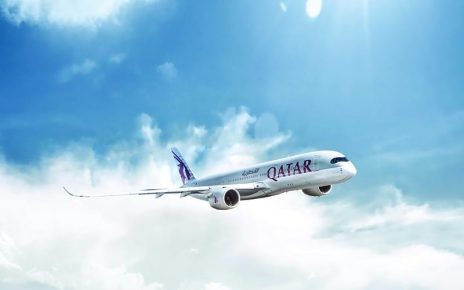Many airlines specify a maximum size for carry-on bags of 55 x 40 x 20 centimeters – some are smaller, some larger. There are no uniform EU hand luggage dimensions regulations, so airline does what it wants.
Also, additional fees must be paid for certain services, including checked baggage. It is typically more costly to book checked baggage after booking your flight. For instance, Easyjet charges €47 for an additional suitcase, but if the carry-on is too large and needs to be checked in at the gate, the fee is €60. Other airlines charge significant fees for carry-on bags deemed “oversized” at the gate.
Travel experts recommend being mindful of hidden charges and carefully reviewing the airline’s carry-on policy. It’s important to weigh and measure your bags beforehand, paying close attention to the size of any straps and wheels. It’s worth noting that some airlines include wheel size in the overall dimensions. This can catch people off guard and result in additional fees when measured by airport staff.
The failed standardization attempt
In 2015, the International Air Transport Association (IATA) launched an initiative to standardize carry-on luggage. According to experts, the initiative failed due to conflicts of interest between airlines, politicians, and consumer groups.
As a result, passengers’ luggage allowance and booking details depend on the purchased fare. It’s best to visit the airline’s website before your flight for more information.




